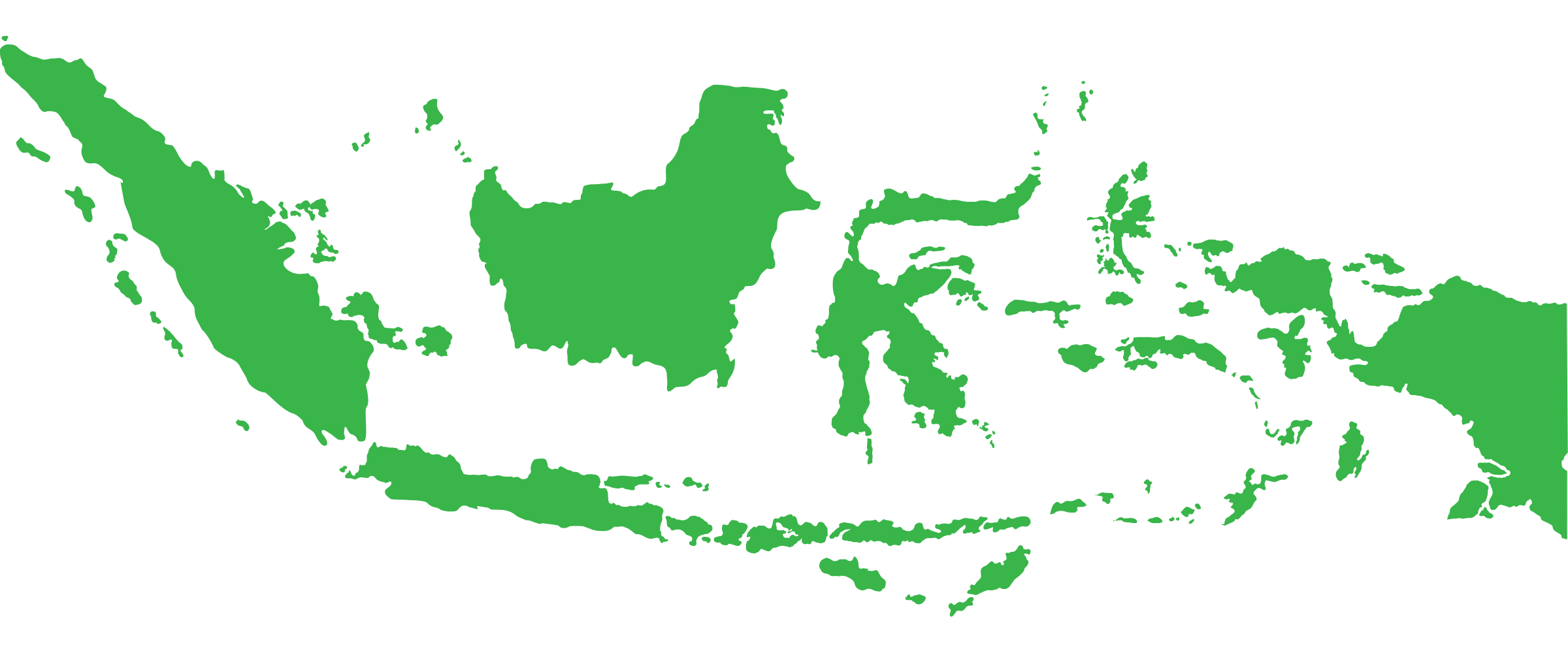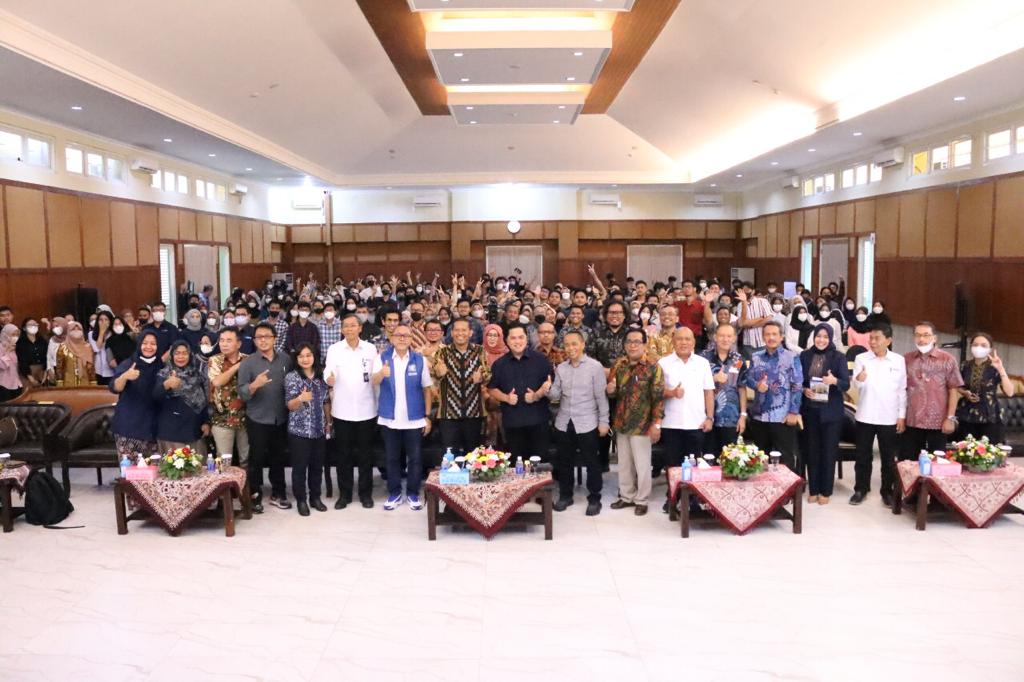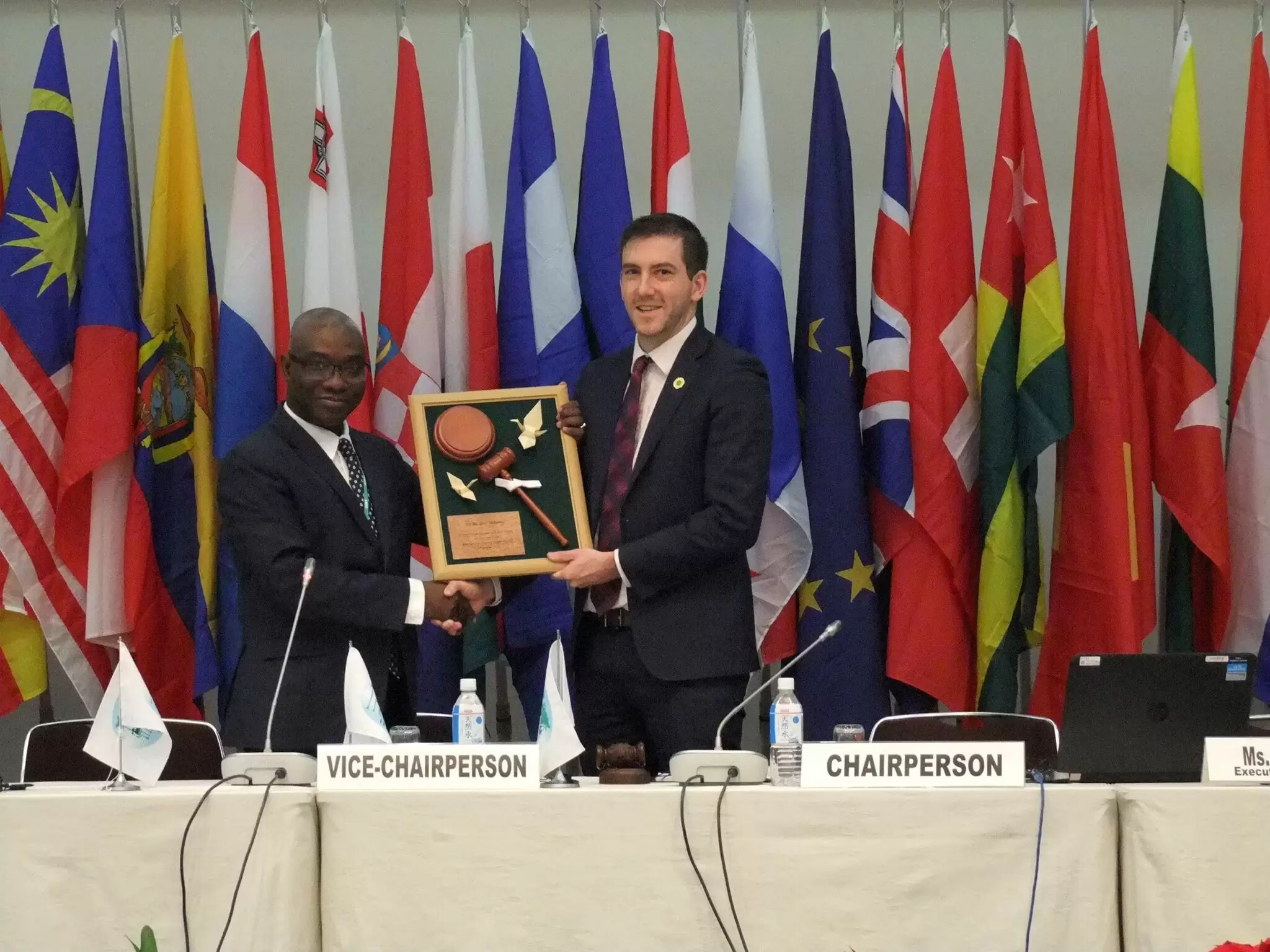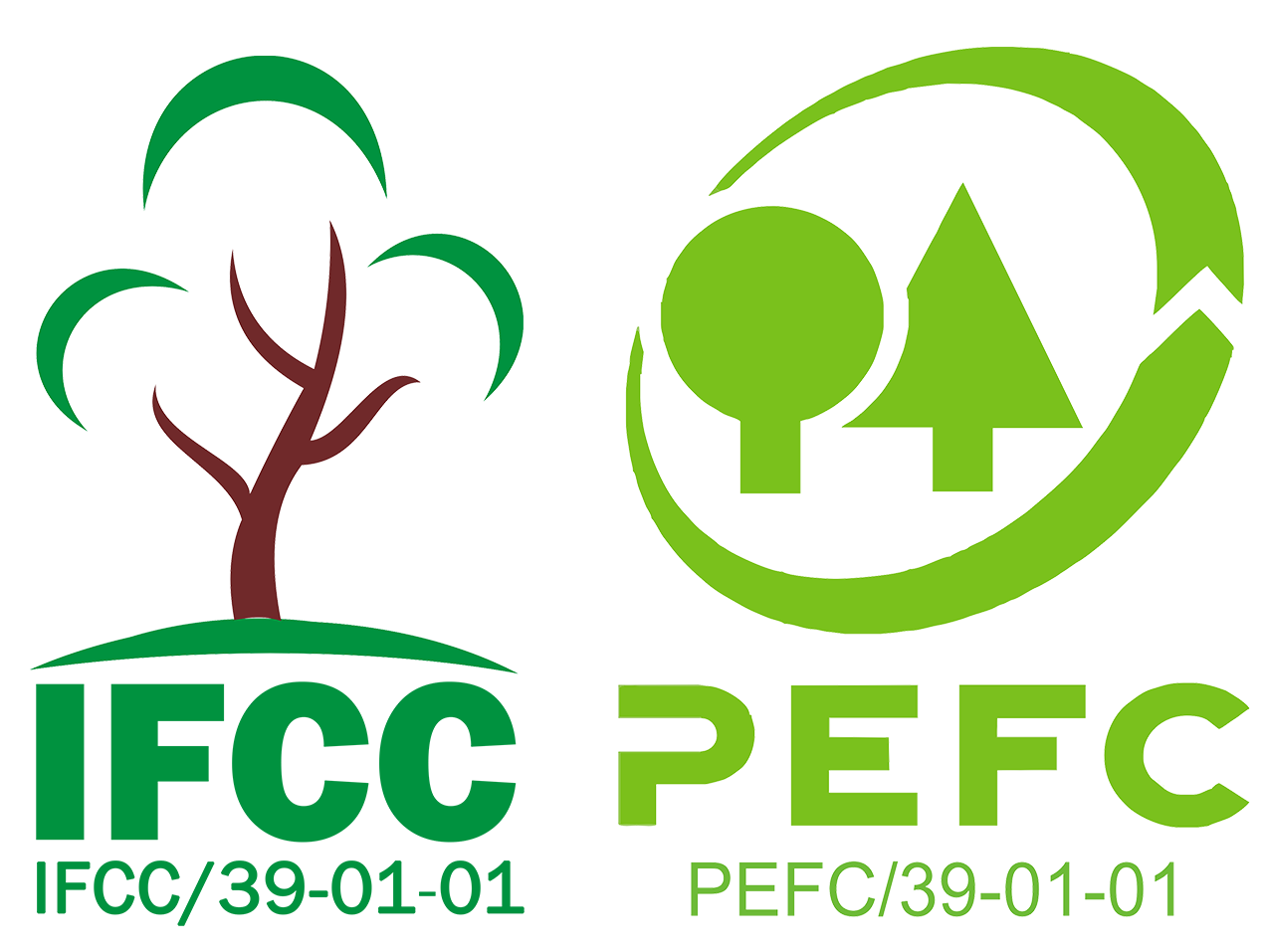Number of Certified Certifications in Indonesia
XXX Hectares in Indonesia

Kuliah Umum Kementrian Perdagangan dan Fakultas Ekonomika dan Bisnis Universitas Diponegoro


Menteri Perdagangan Zulkifli Hasan, Menteri Negara BUMN Erick Thohir, Ketua Dewan Pendiri IFCC Dradjad Wibowo, Kepala Badan Kebijakan Kemendag Kasan, dan Guru Besar Fakultas Ekonomi dan Bisnis (FEB) Universitas Diponegoro memberikan kuliah umum tentang kebijakan perdagangan Indonesia dalam pembangunan ekonomi hijau kepada civitas academica FEB Undip, di Semarang 2 Desember 2022.
“Collaborative” Council session concludes with approval of new projects
**Mohammed Nurudeen Iddrisu, one of PEFC Board of Director members, has chosen as a Chairman International Council for International Tropical Timber Organization (ITTO).

The Chairperson of the International Tropical Timber Council, Jesse Mahoney, receives a framed gavel from incoming Chairperson,
Mohammed Nurudeen Iddrisu, at the close of the 58th session of the International Tropical Timber Council. Photo: Y. Kamijo/ITTO
Yokohama, Japan, 11 November 2022: The 58th session of the International Tropical Timber Council closed today, with Chairperson Jesse Mahoney considering it “one of the most collaborative ones in my entire time”. The Council made four decisions, including one to endorse six project proposals, three of which received full funding, thus enabling implementation to commence immediately.
The other decisions comprised a one-year extension to the Biennial Work Programme 2021–2022 to bring it into line with the biennial approval cycle of the ITTO Administrative Budget; matters related to the management of the Administrative Budget, including a one-year extension of the mandate of a virtual intersessional working group on this issue; and the extension of another working group established to assess the need for renegotiation and/or further extension of the International Tropical Timber Agreement, 2006. The four decisions will be available on the ITTO website in December 2022.
Other major outcomes of the session include new financial contributions in 2022 for the Organization’s work of about USD 4 million, the awarding of 13 Fellowships, and the successful convening of the Annual Market Discussion addressing carbon trade and tropical forests.
In a statement, Christine Wulandari, representing the Civil Society Advisory Group, encouraged the Council to involve CSAG more in its deliberations, including the Annual Market Discussion (currently hosted by the Trade Advisory Group).
“CSAG brings our expertise and knowledge that can enhance the knowledge-sharing and recommendations from such a platform to Council,” said Ms Wulandari.
She expressed the desire of CSAG to be among partners with ITTO in piloting fundraising initiatives.
“The CSAG network involves women, local communities, Indigenous Peoples groups, who face tenure, access and rights issues within their forest, and they aspire to access the international markets for their legal and sustainable wood products,” said Ms Wulandari.
“Local communities, smallholders and other forest communities can also have a huge impact on ensuring the ITTO objective of sustainable forestry management and sustainable trade in timber products.”
CSAG also recommended that ITTO commission a paper outlining how ITTO members and other stakeholders can contribute towards climate-change adaptation and mitigation.
“Our collective work on forestry supply chains and the best ways to promote the sustainable use and management of forest resources makes us well placed to assist the international community in developing nature-based solutions that harness the power of the natural world to reduce greenhouse-gas emissions and also help communities adapt to the impacts of climate change,” said Ms Wulandari.
CSAG African focal point and Wangari Maathai Forest Champion Awardee, Cecile Ndjebet, from Cameroon, made a brief statement in a recorded video, in which she recognized the important role of ITTO in empowering women in forestry in Africa and in her recent award.
In closing statements to the Council, delegates praised the spirit in which the session had been conducted. A delegate of Malaysia commented that all decisions had been taken “in a friendly and cordial manner” and a delegate for the European Commission concluded that the Council is “making progress to build a robust organization”. The Executive Director, Sheam Satkuru, won plaudits for bringing “new energy” to the role, and the Government of Japan and the City of Yokohama were thanked for their generous support of the session and the Organization.
In closing the session, Mr Mahoney expressed his pleasure at the achievements of the session. Nevertheless, he cautioned that, “we must also continue to pave a way forward to support the day-to-day activities of the Organization and the important work that it delivers in support of our important tropical forests, both in their conservation and sustainable use”.
The 59th session of the Council is tentatively scheduled for 4–8 December 2023. The Government of Thailand, through its Royal Forest Department, is considering an opportunity to host the session.
Click here to read more.
Subcategories
- International News (91)
- National News (415)
- PEFC Week 2016 (38)



